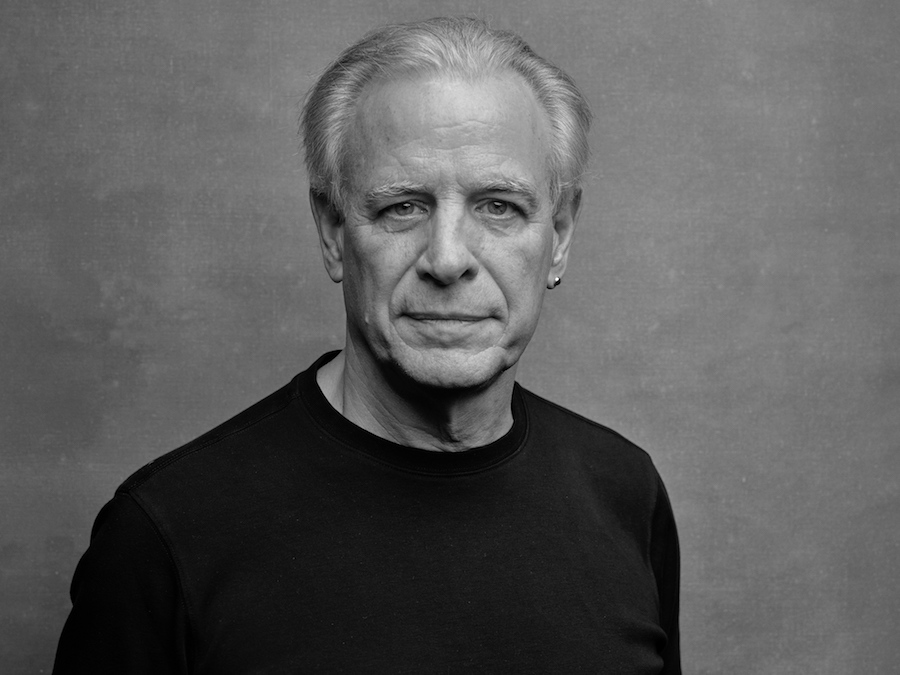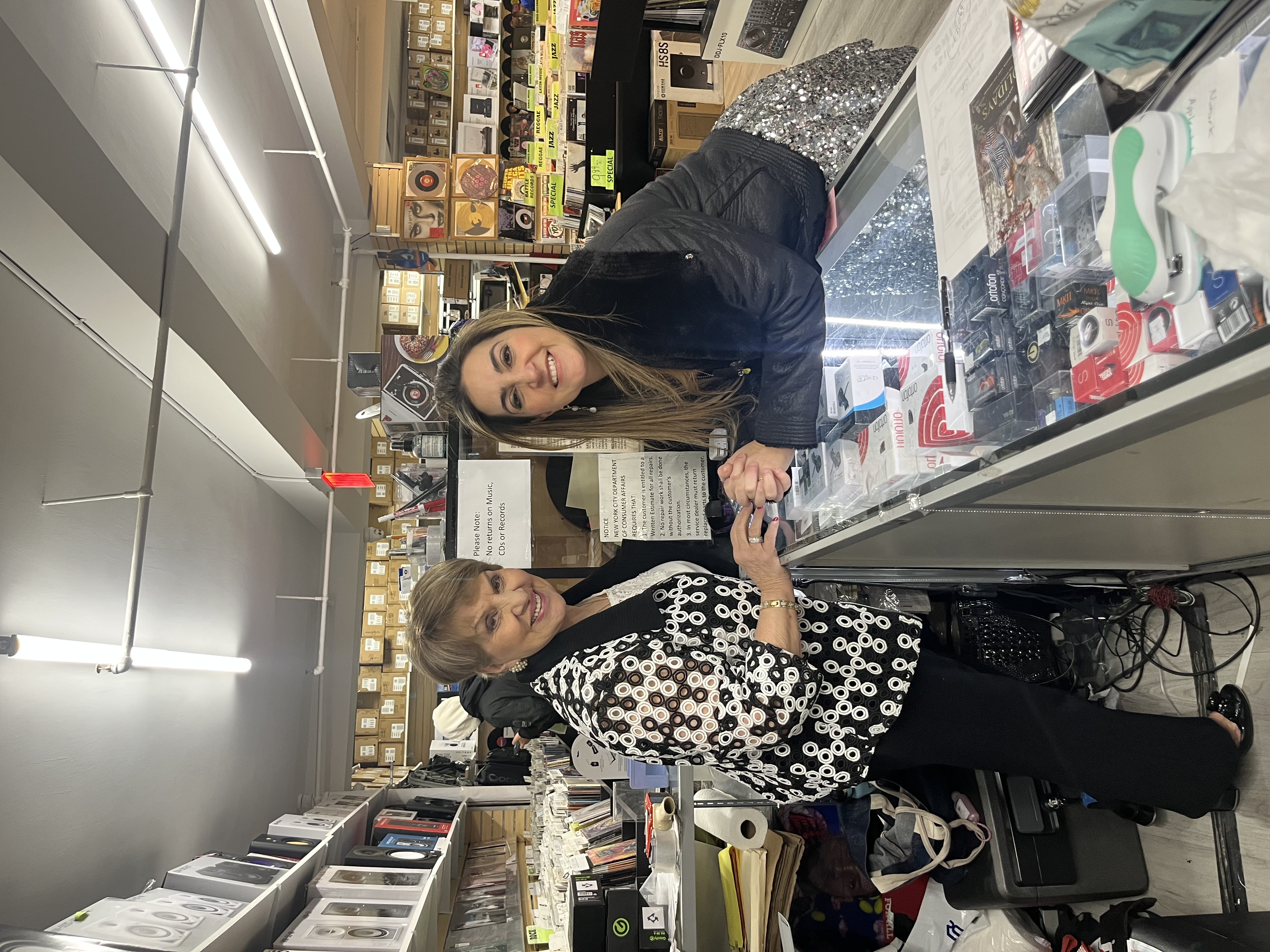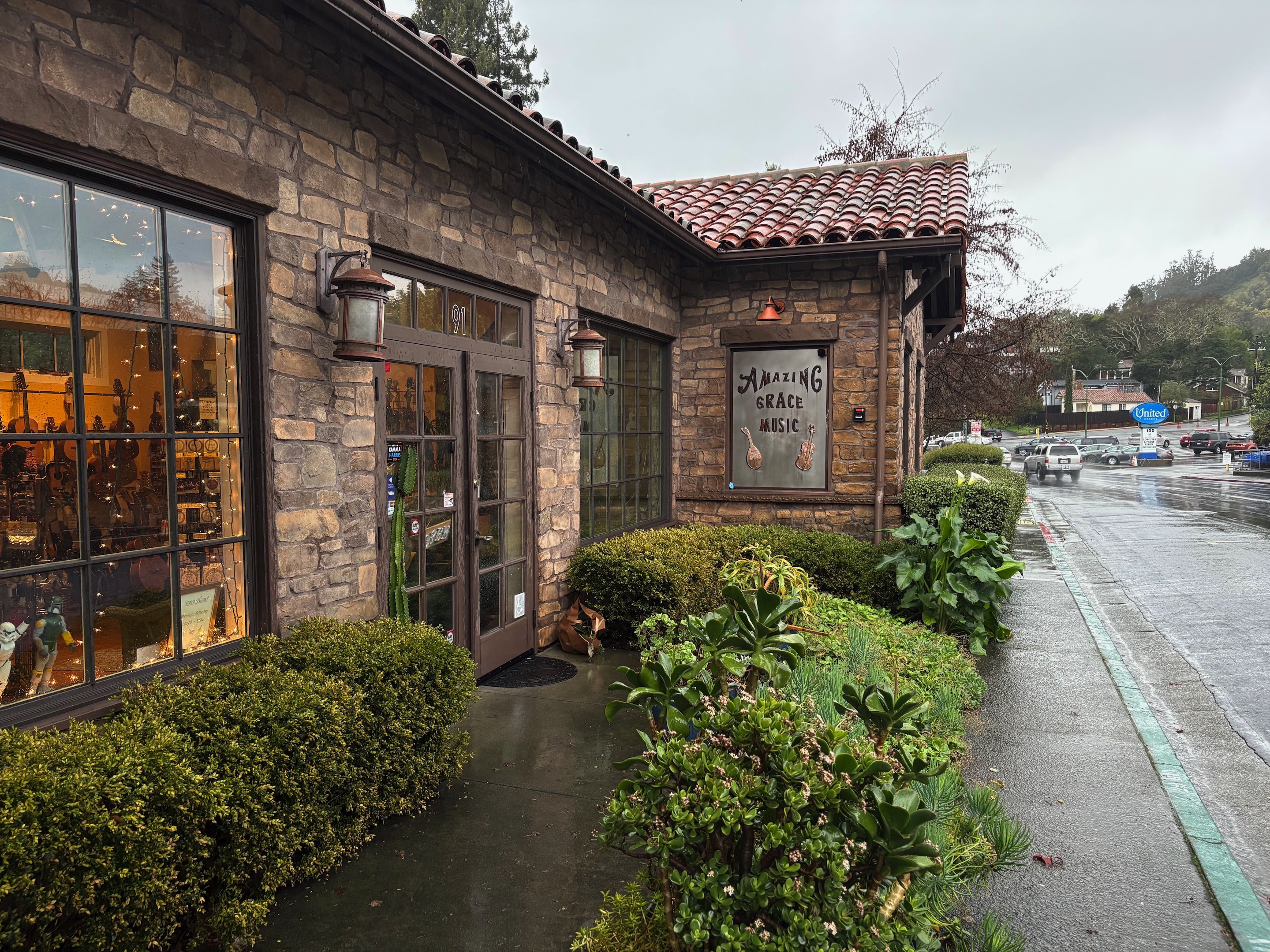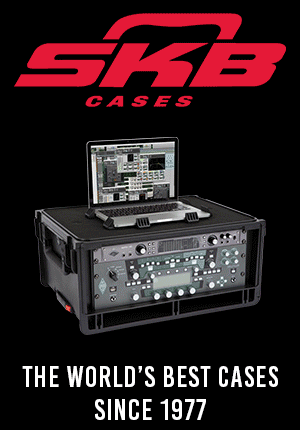
Michael Santucci
HQ: Cleveland and Chicago
Founded: 2018
Employees: Seven full-time staff with eight additional engineering, marketing and audiologist consultants
Best-selling product: 3DME series in-ear monitors
Fun fact: In addition to running ASI Audio by Sensaphonics, Santucci is an accomplished audiologist, advocate and educator. His work includes lecturing and collaborating with the World Health Organization on its Listen Safe Initiative and providing products to NASA for use in outer space.
How do you start your day?
I start with exercise, meditation and coffee to get my brain flying. When I get to the office, my strategy is to hit the ground running — I don’t arrive, sit around and chat. I want to get as much done as efficiently as I can and provide the best customer service possible.
You’ve described your company as both a hearing clinic and an MI supplier. Can you explain?
We’re the only brick-and-mortar hearing clinic for musicians in the world, and our laboratory, where we make custom products, is right next door. I’ve been a practicing doctor of audiology for almost 35 years. I’ve probably seen over 30,000 patients who are musicians, engineers, producers and techs. They come from all areas; they’re rock musicians, A-list pop artists, club bands, DJs, music teachers and students.
It’s great that musicians are coming to you, but at the same time, a lot of people in the music world don’t seem to think hearing protection is that big of a deal.
My biggest job is making musicians aware that their hearing is important. Hearing isn’t something we normally think about, and people generally get hearing checks much less often than they go to dentists or eye doctors. The reason is that our ears are always on, so we don’t worry about it until there’s something really wrong. Prevention can be tough to teach, but I’m trying.
How much of your time is spent working with patients as an audiologist, verses running the company?
Nowadays, I spend most of my time running the business and maybe 10 percent of my time is with patients. I work with a number of audiologists who see patients as well. A lot of the bigger artists I’ve worked with for 30 or 40 years insist on seeing me, and it’s fun to get flown out to see bands. [Laughs.] I seem to have made a reputation as an expert on musicians’ hearing, and I get calls from management companies to consult with artists who don’t even use our products.
In-ear monitors from companies like yours may seem like high-end products meant only for the biggest artists. Is that true?
No. On the biggest tours, it can be hard to find anybody using floor wedges instead of in-ear systems, because when you have money and can afford it, everyone wants $2,500 ear pieces. But in-ears are for everybody, and I see lots of local musicians using them. We don’t have a low-end product, but we can customize a universal-fit earphone with a small tip we make, which makes the system more affordable. The 3DME, for example, has a foam and rubber tip with a few options to fit your ear. And if you can’t get a good seal using the standard tips we include, you can get custom ear impressions that the system will work with. That takes something that would normally cost over $2,000 down to around $800.
That’s a big jump.
In-ear monitors are getting more expensive because they’re incorporating more drivers, and there’s the perception that more speakers mean better quality. That’s not true, but you can charge more money that way. There are plenty of in-ear monitors that are affordable, and if you’re concerned about your hearing, in-ears are better options than ear plugs.
Doesn’t in-ear monitoring require lots of gear and a front-of-house engineer to dial everything in?
When you do in-ear monitoring, you often have to send your signal to the board and then redistribute it to your bandmates. That takes a lot of cabling, time and gear, and can get very expensive. The beautiful thing about our 3DME is that you can feed your own instrument or vocal directly into your in-ears, and then open up its built-in microphones to hear the rest of the band, without having to do all the other miking, cabling and sub-mixing. And you can EQ your bandmates in your ears however you want. Local bands have told me that it’s a game-changer. Before the 3DME — and when they were using in-ears — they had to keep pulling them out, because they couldn’t hear the other people in their band, or that they didn’t have time to set up and dial in elaborate monitor mixes. The 3DME fixes those problems.
Since a lot of your products are custom, what portion of your business is done directly with the consumer verses through dealers?
Up until we released the 3DME in 2019, everything I made was custom, and it was all sold directly to consumers. Retailers would ask if they could get involved, but the business model was too complicated. I would have had to align with local audiologists and deal with some very complex logistics. With the 3DME, we still have people who call us directly, but we now have a whole distribution setup throughout the U.S., Europe and Asia. It’s quite exciting to be able to sell a product through local retailers.
How do people use in-ear monitors safely?
There are two big factors — how loud you have them set, and how much external sound the monitors let in. If you’re playing only a 30-minute set, you can have your monitors set louder than you would for a four-hour show without causing hearing damage. And if your monitors don’t fit well and let other sounds leak in, you’re going to have to turn up your volume to compensate, and that can lead to damage as well.
Do you often see users turning up their in-ear monitors to the point where they cause hearing damage?
I actually did a scientific study with 100 musicians and asked them to turn their floor monitors to their preferred listening level when they play. I then asked them to put in isolating silicone ear monitors and turn those to a level that felt good — and the sound levels were exactly the same. There wasn’t even a single decibel difference. The reason is that you get used to hearing at a certain volume — but the brain can also be trained to listen at a level that won’t kill your ears. With good in-ear monitors, it’s easy to turn down ten decibels and still hear everything perfectly clearly. It takes some getting used to — especially if you’re used to hundred-decibel wedges blasting at you — but listening at lower levels through in-ear monitors can save your hearing.
How did you first learn to make in-ear monitors?
Because I’m an audiologist, I know a lot about hearing, ear physiology, sound levels and isolation capabilities. I also worked with patients who would tell me why they didn’t want ear plugs, or didn’t like the in-ear monitors that were available to them at the time. I decided to find a solution.
How did that start?
I started with ear plugs and didn’t have my own lab, plus, I didn’t like what the outside laboratory I worked with was doing. They were using PVC material that got hard over time, and then musicians would lose their hearing because the plugs lost their effectiveness. I wanted to make silicone ones, but nobody was using that material at the time. I eventually found a lab in Europe that was using silicone and was willing to teach me how it worked. I sent two lab techs over to learn the techniques also, and then we started adding small speakers. Ear monitors were just coming out at the time. When I started making in-ear monitors in the early ’90s, there were maybe two dozen bands in the world who used them. It was a fad — as opposed to now, where so many bands use them.
Why is silicone a good material?
The best noise reduction happens close to the eardrum. If you go down the ear canal with PVC or other plastic materials, the inserts tend to hurt if you make them tight enough to be effective. And if they’re loose enough to be comfortable, sound starts to leak in and musicians aren’t getting the protection they think they’re getting. Silicone is a soft material that gives the tight fit needed, but in a comfortable way.
Do you see a positive trend in terms of people taking their hearing health seriously?
In the ’80s and ’90s, people used to laugh at ear plugs. Now, I work with musicians at Lollapalooza and Riot Fest, and I’ll have hundreds of musicians waiting in line for earplugs. Attitudes have changed for the better, but there’s still a ways to go.
Where do you hope to take the company in the next five to 10 years?
I want to see us continuing to promote safe listening with innovative products, strategies and research. On a personal note, I’m not the youngest guy in the world, and at some point, I’d like to retire — but I’m never going to completely retire. I work with a number of organizations like AES, NHCA and the WHO on safe listening and will probably stay involved with them. And it will be hard to get away from consulting with artists who I’ve been helping for years. I’d also really like to start a free clinic and research non-profit dedicated to safe listening.
If not music, what would you be doing?
I’m so fortunate to know why I’m here in life, and it’s to do this. It’s not just a vocation but my avocation. If I wasn’t doing what I do now, I’d probably be working in service of people in some other way. Maybe I’d be a doctor in a different specialty or something of that order.











